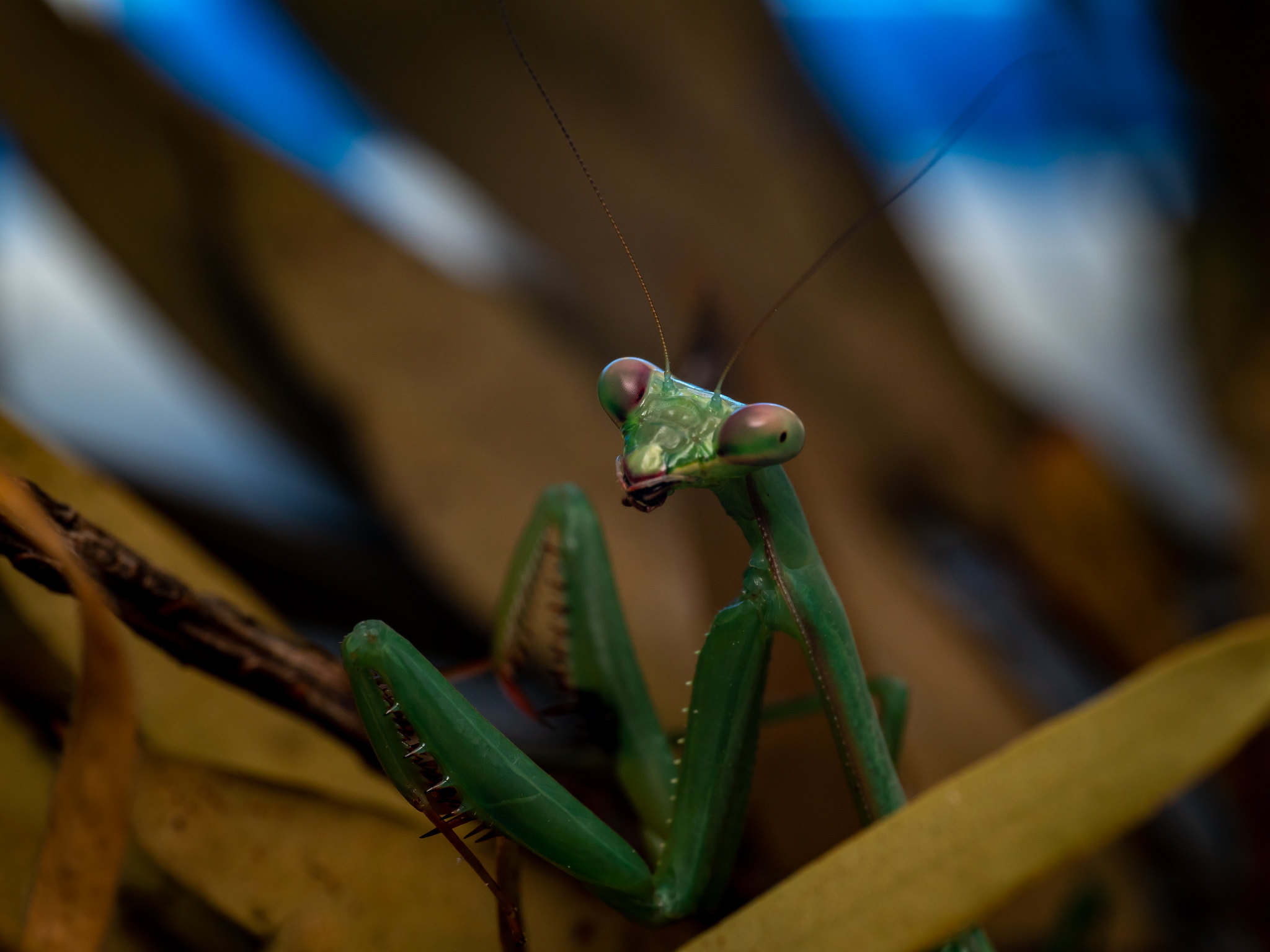Apart form scale modelling, working, bird and landscape photography, model engineering etc, etc, my wife and I have 18 exotic parrots (all bred in captivity) and we like to collect and breed insects.
Here are a few family portraits of our pet mantids.
I rescued the first one from our letter box where the eggs were laid. Most of her siblings got eaten by spiders. She was about 3mm long when I found her. Her name is Miss Mantis.

This one is Mr Mantis, we think he's the same species as Miss Mantis and about the same age, so he might be a sibling (we found him one night when we were out doing some Astrophograghy. They are both False Garden Mantis.

This one is called Idi. He's a South African Mantis. A pest species in Australia.

Oh, and here are the images I captured that night from the drive way. Eta Carinae Complex (which is a southern hemisphere object only (quite near to the Southern Cross).

And the Large Magellanic Cloud (which is the closest neighboring Galaxy to us and incorporates the Triffid Nebula).

Cheers,
Hugh